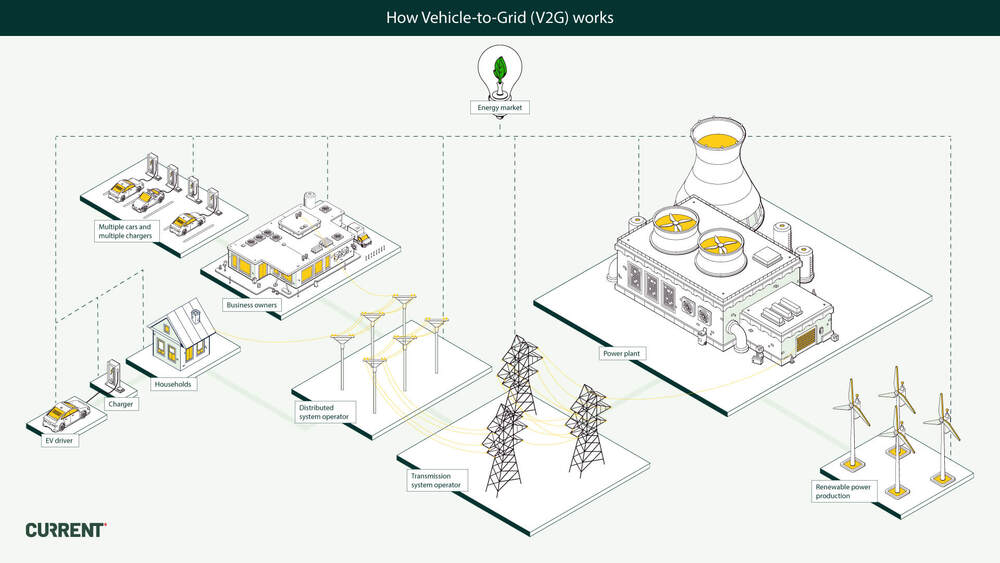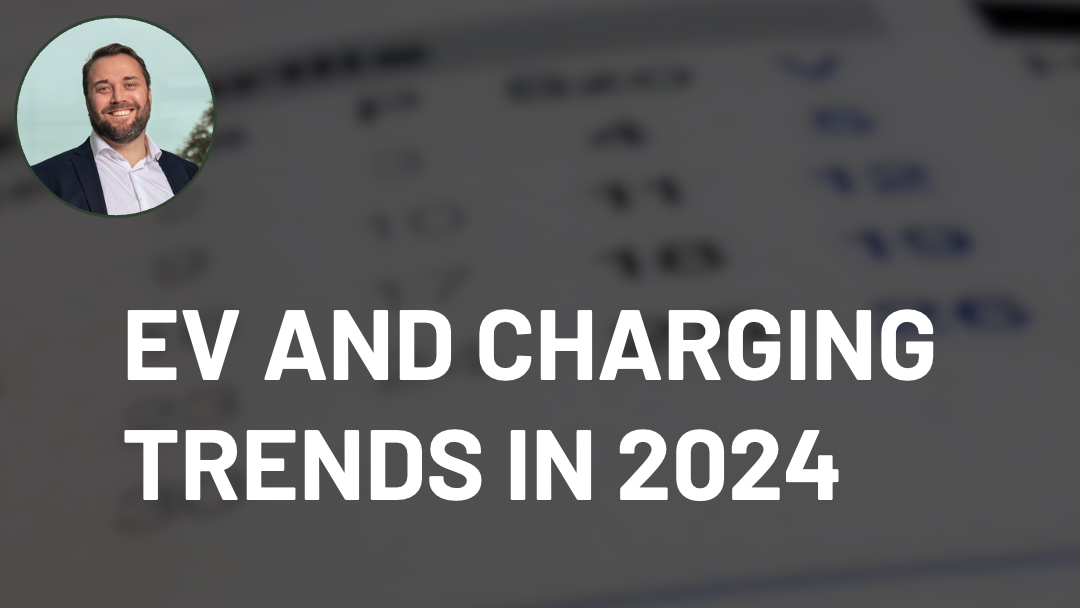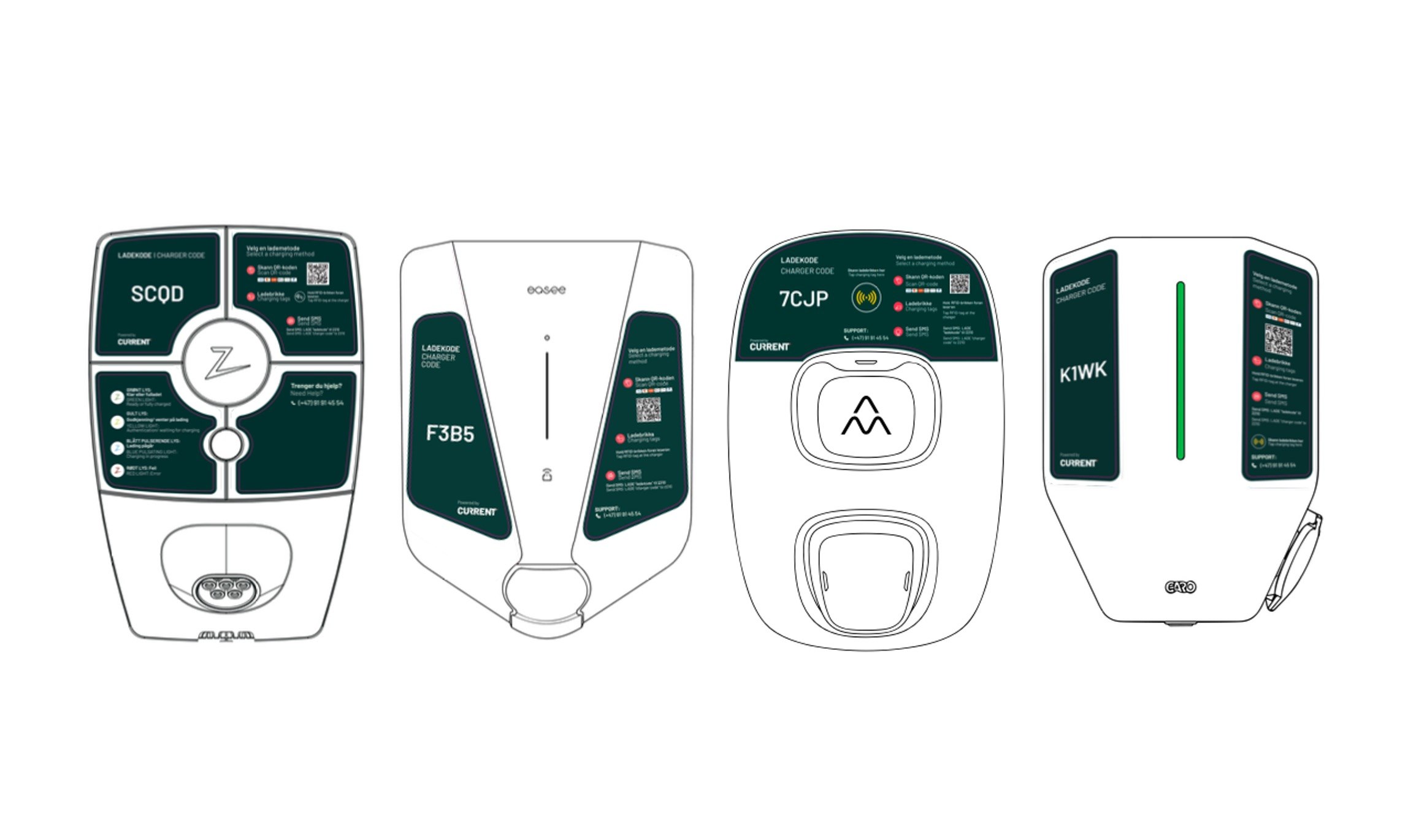
Content
- What is V2G? →
- What is V2X? →
- Does V2G reduce battery life? →
Why do we need V2G? → - The benefits of V2G →
Will V2G become mainstream? →
Vehicle-to-Grid (V2G) technology has the potential to transform the EV market and energy management as we know it. The benefits include managing energy supply so it goes where it’s most needed, increasing grid capacity, and reducing the total cost of an electrified fleet. Here’s everything you need to know about this technology.
What is Vehicle-to-Grid (V2G)?
While electric cars will mostly draw power from the grid to charge their batteries, V2G technology allows electricity to flow in the opposite direction, too. This bi-directional charging enables the energy stored in a car’s battery to be discharged back to the grid, which is especially useful in times of peak demand as it allows the energy to be used where it’s needed most.
What Is V2G Charging?
Vehicle-to-Grid charging allows bi-directional energy flow from the grid to the car and back again. This enables a business or homeowner to use the battery in their electric vehicle as a storage device. Some electric vehicles and chargers already accept this kind of charging, allowing users to sell energy directly back to the grid. This can help to reduce energy costs and could even provide a new revenue stream to businesses.
How Does V2G Work?
V2G works by enabling an EV to draw energy from the electrical grid, while also allowing it to send some of that electricity back in times of peak demand — or just when the user wants to sell off excess energy. Using a smart charger and the right software, a user can decide to discharge the electricity stored in their car’s battery back to the grid. This might happen automatically based on pre-set parameters or they might choose to send the energy back once they know they won’t need their car for a little while.
“Cars stand still for 97% of the day,” says Åsmund Møll Frengstad, COO of CURRENT Eco, “and an EV is just a battery on wheels. That’s an uninterruptible power source.”
The power of V2G is dependent on vehicles remaining plugged in. With plug-in rates at just 30%, an important behavioral shift is needed to enable this technology.
What is Vehicle-to-Everything (V2X)?
Another application of this bi-directional technology is Vehicle-to-Everything (V2X). This refers to passing energy or information from a vehicle to another entity and vice versa.
What Is V2X Used For?
There are numerous use cases for V2X; for example, two vehicles charging at the same location might share energy to ensure one of them has enough charge when needed. This reduces the reliance on the grid and allows those with multiple vehicles, such as fleet operators, to maximize the energy usage between vehicles.
Vehicles that support V2X could also be used to power homes, personal mobility devices — such as electric scooters or bicycles — or even contribute to the power used in commercial buildings.
The opportunities are endless with V2X as it could power almost anything, including:
- Homes
- Businesses
- Individual buildings
- Other vehicles
- Personal mobility devices
- Machinery
- Farm equipment
- Robots
- External batteries for additional storage
What is V2H?
Vehicle-to-Home (V2H) is perhaps one of the most interesting applications of V2X charging technology. This enables an EV owner to use their car as a storage device — much like capturing solar energy during the day to power the home at night. This allows a homeowner to maximize the green energy they use, reduce energy costs, and minimize their reliance on the grid.
Can An EV Power A House?
An EV can power a house and so much more. While sending power back to the grid is helpful for reducing peak demand and potentially creating a revenue stream, this energy could also be used to power a home, business, or other building. This can help maximize the use of renewable energy (such as storing energy generated by the wind for use on still days) or simply to benefit from a preferential rate (such as charging on a lower overnight rate to power the home during the day).
CURRENT Eco has an ongoing project taking place at a college in Norway using a Nissan Leaf to power an entire campus building. This ‘Energy Island’ proof of concept shows how a normal electric car can be used to provide power via V2X, reducing energy costs and improving sustainability.
What Is V2X Connectivity?
V2X is also used in the context of how a vehicle communicates with the world around it. This is less about energy and more about the bi-directional sharing of information. For example, a vehicle might communicate with the road infrastructure to improve traffic flow, update other vehicles on congestion, or simply collect data about its journey. This is something vehicles already do but will likely increase as cities become smarter and we see more autonomous vehicles on the road.
Does V2G reduce battery life?
Driving an electric car, depleting the battery, and charging it back up will slowly reduce its state of health, but this takes a long time — and there are plenty of ways the average EV driver can maximize battery life. The actual impact of V2G on battery health, however, depends on a number of factors including the type of battery, the charger, and the V2G technique.
Electric car batteries are hardier than experts once thought. Early studies suggested a battery might last around 10 years, with many manufacturers offering an eight-year warranty. But more recent studies suggest a typical EV battery could last up to 20 years.
This is worth taking into account when considering the impact V2G could have on a battery’s lifespan. A study conducted by the University of Warwick suggests that V2G may not harm an EV battery’s performance at all.
The same study also found that, in certain circumstances, transferring energy from the vehicle back to the grid could even improve battery life. The research states: “Extensive modeling results show that if a daily drive cycle consumes between 21% and 38% state of charge, then discharging 40%-80% of the battery’s state of charge to the grid can minimize capacity fade by roughly 6% and power fade by 3% over a three-month period.”
CURRENT has installed Norway’s first Vehicle-to-Grid (V2G) solution together with Statsbygg, demonstrating how electric vehicle batteries can benefit both the power grid and building owners. This will pave the way for further advancements as V2G becomes more widespread in the future.
With the potential to improve battery capacity fade on top of the numerous other benefits provided by V2G and V2X, it's an area worth exploring as the right approach could change the way both businesses and consumers approach energy management.
Why do we need V2G?
There are a number of key benefits to V2G. For countries such as the UK or Germany with an ageing electricity grid, V2G will be vital for ensuring capacity meets demand. In countries such as Norway or Sweden, the benefits are seen in peak shaving, allowing for a reduction in energy bills.
As the adoption of electric vehicles becomes more widespread, V2G will reduce the strain on the grid while enabling owners and fleet managers to reduce the cost of charging. On top of this, V2G will enable us to use more renewable energy, contributing to decarbonization goals around the world. Because energy can be stored in an EV battery, excess wind and solar energy could be stored for use at a later time, further reducing a home or business’s reliance on fossil fuels.
Can The Electricity Grid Cope With Electric Cars?
This is a question often asked when thinking about an all-electric future. In areas where capacity could be an issue, there may only be a problem at peak times. Although, Graeme Cooper, Transport Decarbonisation Director of the UK’s National Grid, believes there won’t be an issue. In a recent article, he stated: “There is definitely enough energy and the grid can cope easily. The growth in renewable energy means this is not static and smart metering will make this more efficient.”
Bringing V2G into the mix further future-proofs the electricity grid. At times when there’s not quite enough renewable capacity (such as when everyone clicks the kettle on during an advert break), electricity can be drawn back to the grid from a plugged-in EV.
According to Ofgem, research has shown V2G has the potential to save £3.5bn per year in grid investment. This is because it helps balance energy load at times of peak demand and means the grid won’t need significant upgrades.
The longer-term ROI should also be considered. “In Norway, in a city of around 50,000 people where everybody has an EV, the calculated cost of investment into the local grid is £200m,” explains Frengstad. “If you apply smart charging – not picking up energy from the car itself, but simply being able to control the EV charging – the investment is zero. Put into UK terms, which has a lower grid capacity, the investment might be reduced by at least 90%. That’s huge.”
The benefits of V2G
The benefits of V2G go well beyond those for homeowners. In fact, businesses in a wide variety of sectors could benefit from Vehicle-to-Grid technology.
The biggest benefit to anyone using V2G is the ability to reduce reliance on fossil fuels. This contributes to decarbonization goals and helps businesses hit their individual sustainability objectives. “They can showcase how much pure renewable energy they're using by taking advantage of the battery of the EV,” says Frengstad.
For example, a business or household generating their own energy through solar or wind power could store that energy in the battery of a plugged-in vehicle, ready to be used when there’s a lack of sun or wind. In doing this, the energy can be distributed where it’s most needed without waiting for the right conditions. Without V2G, that business or household might need to fall back on expensive — and, perhaps, less green — electricity taken from the grid.
For Business Owners
Whether you run a real estate business or simply have charge points available for your employees, V2G has a number of business benefits. One benefit is dynamic load management, which allows you to control the amount of electricity going to or from the vehicle. This can help to cut costs and send the available energy where it’s needed most.
“The biggest benefits for businesses are that they can manage the energy within the building and make sure they’re not blowing a fuse — on top of the cost management,” says Frengstad. “This is the first step towards peak management and making sure that e-mobility is not the asset that spikes your energy bill with high peaks.”
One energy provider in the UK suggests V2G could provide savings of £250 to £450 per year per charger. For businesses with a lot of chargers, this could mean significant savings.
Another benefit is the ability for businesses to power their buildings using this technology. Instead of sending power directly back to the grid, the energy stored in a vehicle’s battery could be used to power the business to help save on energy costs during peak times.
For Fleet Managers
“I see big uptake for commercial fleets,” says Frengstad. “They have the money to acquire the chargers, and we strongly believe that most ICE cars will be removed from circulation in the not-too-distant future.”
For any business running a fleet, V2G allows for flexible charging to make the most of energy prices and availability. A fleet of fully charged vehicles could also provide a significant revenue stream by selling the stored energy back to the grid at times of high demand. A fleet manager could balance the needs of the vehicles and drivers with these revenue-generating opportunities.
For Consumers
Consumers can also benefit from V2G by selling their unused energy back to the grid for a profit. This is particularly useful for EV owners who charge their car during the day using solar power, or who charge at night at a lower rate. “There’s so much potential in an economical sense,” adds Frengstad. “If we work together, we can all make money.”
Another benefit to consumers is allowing the vehicle to power the home using stored energy, which can reduce energy costs and allow the homeowner to use more renewable energy. Customers in a UK trial have been able to earn as much as £725 a year by simply keeping their cars plugged in when they are not in use.
What Are The Benefits Of V2X?
This technology can do so much more than sell energy back to the grid. As we touched on above, bi-directional charging allows a car battery to function as a storage device. This enables businesses to power their buildings, consumers to power their homes, and a whole host of other opportunities that can help cut costs and increase the use of renewable energy over fossil fuels.
Will V2G become mainstream?
There are V2G trials being conducted all over the world. CURRENT is involved in a wide range of trials, including Smart Charging Alignment for Europe (SCALE) and SpotMe, a Eurostar project on moveable EV chargers with V2X compatibility. In other areas, utility companies are trialing V2G to reduce costs for consumers and to test how the technology can improve grid capacity as EVs become more popular.
“In Norway, 85-95% of all new car sales are purely battery-powered,” says Frengstad. “But the issue right now is that manufacturers can’t get enough cars because of the pandemic. Once that logistical crisis is over, production rates will go up, prices will go down, and then there will be a sweet spot creating massive growth. I don’t see a lot of V2G chargers in public places, but where the car stands for a long time – at the workplace or at home – absolutely.”
There’s a wealth of technology out there that will support V2G, from the hardware to the smart charging software. As this technology becomes more widely available, it’ll make it easier for businesses and individuals to come on board.
What Cars Are V2G?
Many of the vehicles with CHAdeMo connectors already have V2G abilities. Perhaps the most popular example here is the Nissan Leaf, which has been used in a variety of V2G trials. The vehicles that can currently accept V2G include:
- Nissan Leaf
- Nissan e-NV200
- Mitsubishi Outlander PHEV
- Mitsubishi Eclipse Cross PHEV
- Kia Soul EV
- Volkswagen ID.4
- Volkswagen ID.5
Volkswagen is a newer entry to this list with the German automaker adding bi-directional charging capabilities this year via an over-the-air update.
Improvements in charging technology mean that more vehicles in the future could support V2G. While many CHAdeMo connectors allow for this energy transfer, vehicles with CCS connectors have been left behind. However, in 2025, CCS2 will have bi-directional standards in place, meaning it’s likely that we’ll see more V2G functionality from then on.
With plenty of V2G trials taking place and the technology developing at a rapid pace, there’s the potential for V2X to take off within the next few years. This enables businesses and individuals to reduce energy costs, hit sustainability goals, and improve grid capacity in the all-electric future.
If you’d like to learn more about V2G technology and smart charging software, take a look at CURRENT’s full list of solutions here.




